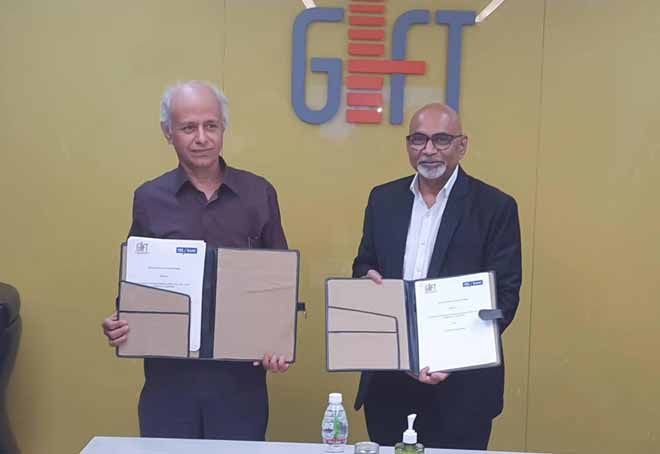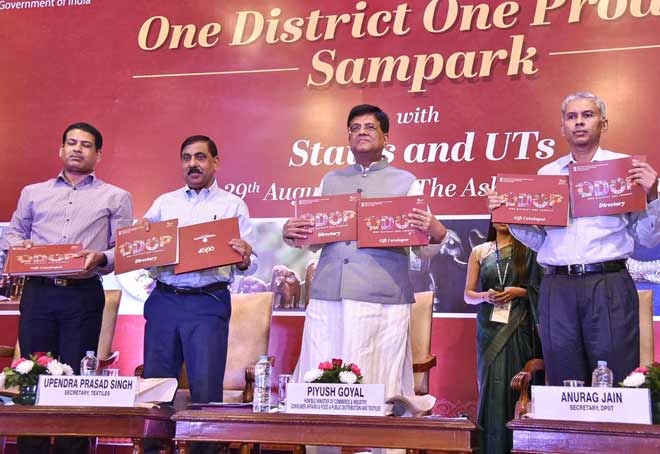Jaipur Blue Pottery faces rejection in export market
Updated: Sep 09, 2013 05:30:30pm

Jaipur, Sep 9 (KNN) Craft heritage Blue Pottery of Jaipur is facing rejection in the international market due to poor quality of production, skill shortages and competition from other types of potteries.
“Due to poor quality of production there is a large rejection in the exports which reduces the pottery market,” said a survey report by Micro Small and Medium Enterprises (MSME) Design Clinic Scheme.
The use of lead based glaze also makes it difficult to sell in the international market as cracks usually appear in this glaze, the report said.
The quality of production suffers as the measuring equipment is not standardised. There is no fixed trend to record the quantity of materials that get mixed every time. Also, the addition of water in the composition is always guess work.
Further, there is no standard method for preparation of dye, few skilled artisans know the technique of making dyes and growing moulds. Dye making is a long and difficult process. In order to make a big single pottery, it requires different types of moulds.
“Because of the use of unfinished dyes, the casted products have defects in terms of shapes, levelling and proportion,” the report said.
For drying and finishing the pottery, the artisans are entirely dependent on the sun. They face problems during rainy and winter seasons. In addition, some of the units do not have cemented or solid floor space to place their products.
Tools have been prepared by the artisans with the help of locally available materials like glass and iron scrap. Self-made iron plates are used for measuring tiles. Artisans use concrete or rough stone slab for levelling, on the other hand sandpapers are used for giving it a finishing touch.
Most of the units use traditional method for preparation of paint and colour on stone slab. It is time consuming and laborious process.
The quality of painting gets degraded as the painters are paid on piece basis. That’s why the painter works with an intention to complete maximum number of pieces in a day and ignore the quality of artwork.
As a result, buyer don’t purchase it due to low quality painting. Artisans show less sensitivity toward the colour combination and pattern making.
Most of the units have the same colour palette. They are usually dependent on exporters and clients for new designs. As observed, all the units follow the same designs and patterns. The artists copy each other and make similar patterns.
Nowadays, Blue Pottery artists use cliparts and copy foreign patterns which may be harmful for the identity of patterns.
Also, pottery is reportedly facing unhealthy competition from ceramic products like Khurja Pottery which looks similar to Blue Pottery and is easily available in the market.
Artisans are mostly dependent on exporters for marketing of their products. The units do not have direct market linkages for sell of goods.
Besides, young generation are not interested in taking up this craft as their profession. Artisans and craftsman are leaving this profession due to no reasonable wages and laborious work. They are migrating to other jobs, it said.
They find it difficult to communicate their ideas especially during an exhibition. It is because most of the artisans involved in the profession are uneducated and unaware of existing trends. As a result, they are not able to deal properly with buyers and sometimes they have to sell their products at a minimum margin.
Proper display of products and their merchandising is another problem. Very few units have display areas and showrooms. The products are displayed in a random way which confuses buyers instead of impressing them.
For example, they display decorative plates on tables, the buyer would not be able to understand whether it is for decoration or it is being used as a utilitarian product. And when they judge it as utilitarian, they simply refuse to buy the same because of lead content.
Further, there are no brochure, leaflet or tag used which could help the buyers to understand the products.
To address the above issue, the survey report has suggested that awareness is created about Geographical Identification (GI) mark for these products in exhibitions and other places to help them build and retain their identity.
There is an urgent need for new design interventions in the field of body composition, tools, and machines. The report recommended the development of new surface design patterns according to the current market scenario.
Further, there should be provision for loan and profitable policies for small units. The profession should have more women employees as they work in unity and are capable of doing production in small groups.
There is scope to generate more jobs by involving other crafts in Blue Pottery like patwa, iron, wood etc. The artisans should be given vocational training in making small utility products like jewellery and lifestyle accessories which could be helpful to provide employment during monsoon. (KNN)











